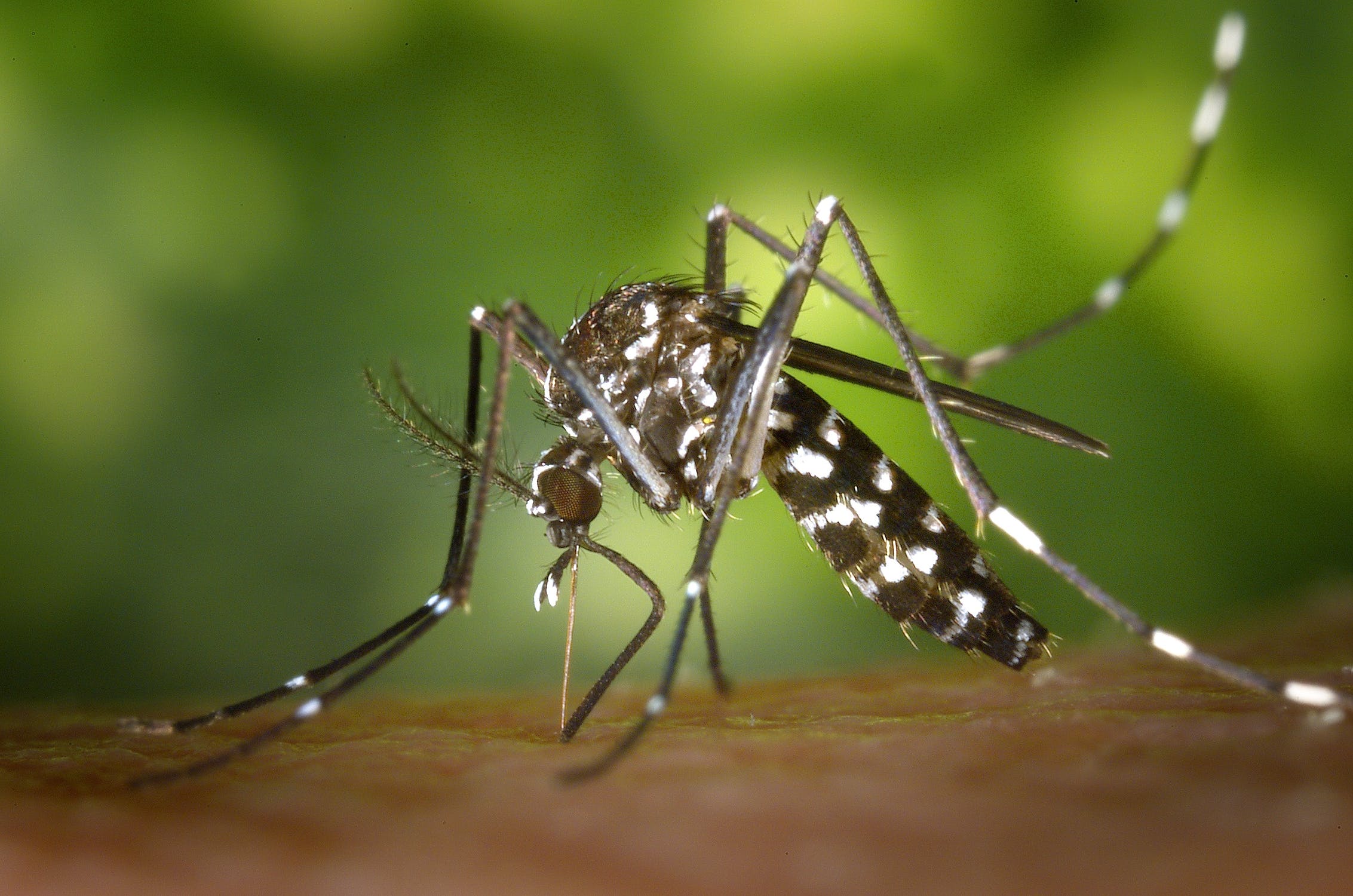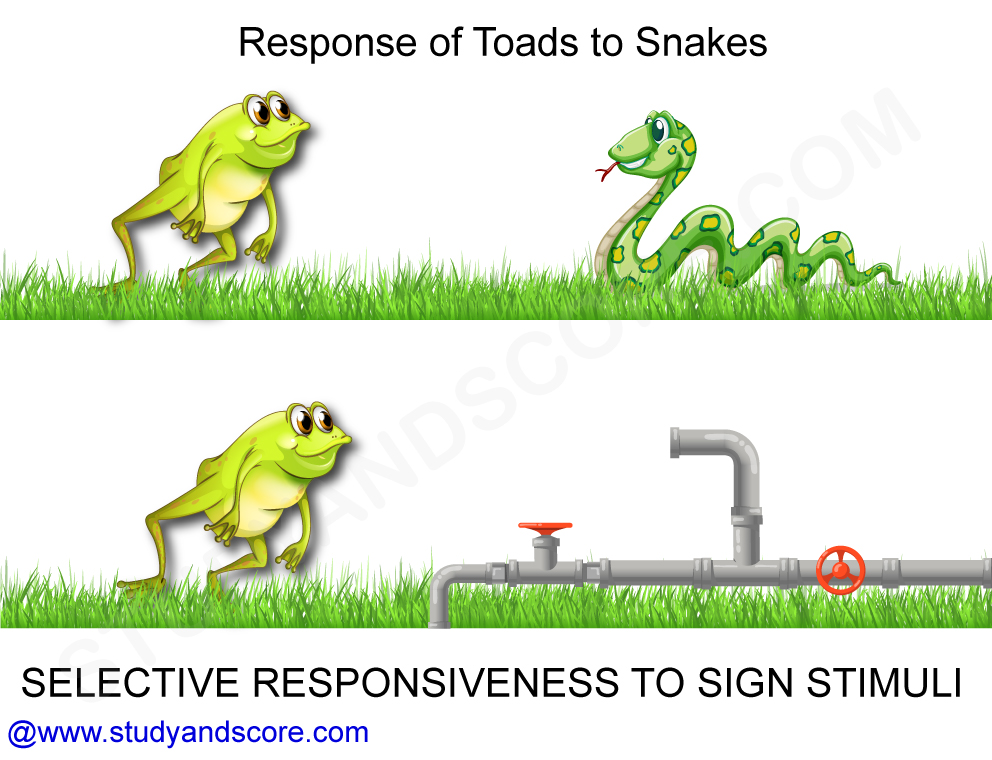Animals respond only to one special part of the array of stimuli presented to them. This pattern recognition is accomplished by picking out one or more key features from all the instances they are trying to recognise have in common. The common example of the animals responding to sign stimuli is dragonflies attempting to lay eggs on the shiny metal surface of a car. The dragonflies pick out shiny surface as the key feature. They normally lay their eggs on the shiny surface of water.
The animals responding to restricted features of their environment ignore other features. In case of very important stimuli such as those denoting the approach of a predator a few false alarms are a small price to pay for rapid identification.
There are some dramatic examples of advantages and disadvantages of relying on sign stimuli.


Sign stimulus gives easy recognition despite variation in exactly how a stimulus is seen or heard. Tinbergen pointed out that false positives arising from the sign stimulus are one of the most conspicuous characteristics of innate behaviour and described a striking example of male stickleback fish that normally respond aggressively to the red colouration of the rival male stickleback fish. It is also found to respond aggressively to the red mail van visible through the windows of the aquarium. Generally stickleback fishes have good eye sight and can certainly discriminate between a fish and a mail van, but in such a situation, they reacted to sign stimulus of red colour and neglected all the other characteristics.
Selective responsiveness to sign stimuli has been a fruitful area for showing how the behaviour of an animal can be related to the underlying neurobiological mechanism. Ewert and Traud provided a good example relating to this selective responsiveness. This is the study of the response of toads to snakes. In response to real snakes, toads fill their lymphatic sacs with air, making their bodies appear much larger than they really are and assume a stiff legged posture presenting their flank to the snake.

Toads are observed to assume the same stiff legged posture to quite dummy and snakes made of flexible pieces of cable. The sign stimulus for this behaviour seems to be quite easy and even a model consisting of just a horizontal piece with a little head attached produced almost as much as 93% response as a real snake
If you observed the behaviour of animals in their natural habitat, you would observe that certain action patterns are relatively stereotyped and appear to be species-typical. These actions are called fixed-action patterns (FAP). FAP’s are triggered by sign stimuli or releasers. In general, a specific FAP will be elicited only by one sign stimulus or releaser. Sign stimuli are features of a stimulus that are sufficient to bring about a particular FAP. Releasers on the other hand are sign stimuli that function as signals from one animal to other. A releaser is a particular environmental stimulus that sets off a specific behaviour.
The FAP is indivisible and runs to completion once initiated. The fixed action pattern follows automatically once the organism perceives the sign stimulus. In fact, even if the stimulus is removed in the middle of the behavioural sequence the animal will continue to perform the action as if the stimulus was still present. Because of this, the ethologists have suggested that there must be some mechanism in the animal’s nervous system that serves to connect the stimulus with the right response. They called this mechanism as innate releasing mechanism (IRM).

- Share with your friends! -
Login to post your comment here...
- or with social Account -